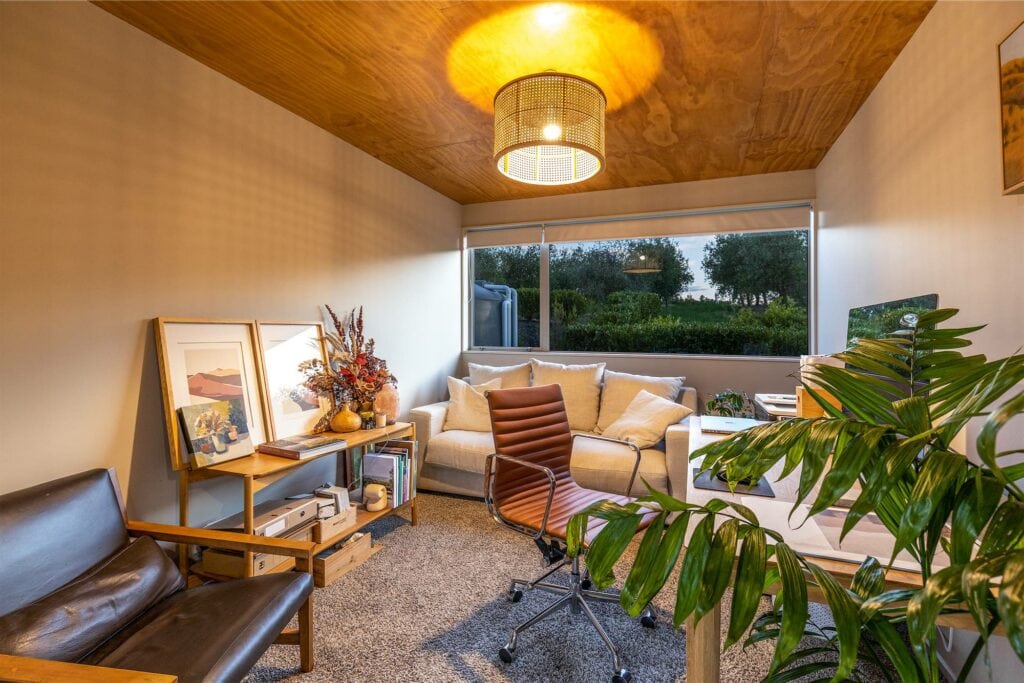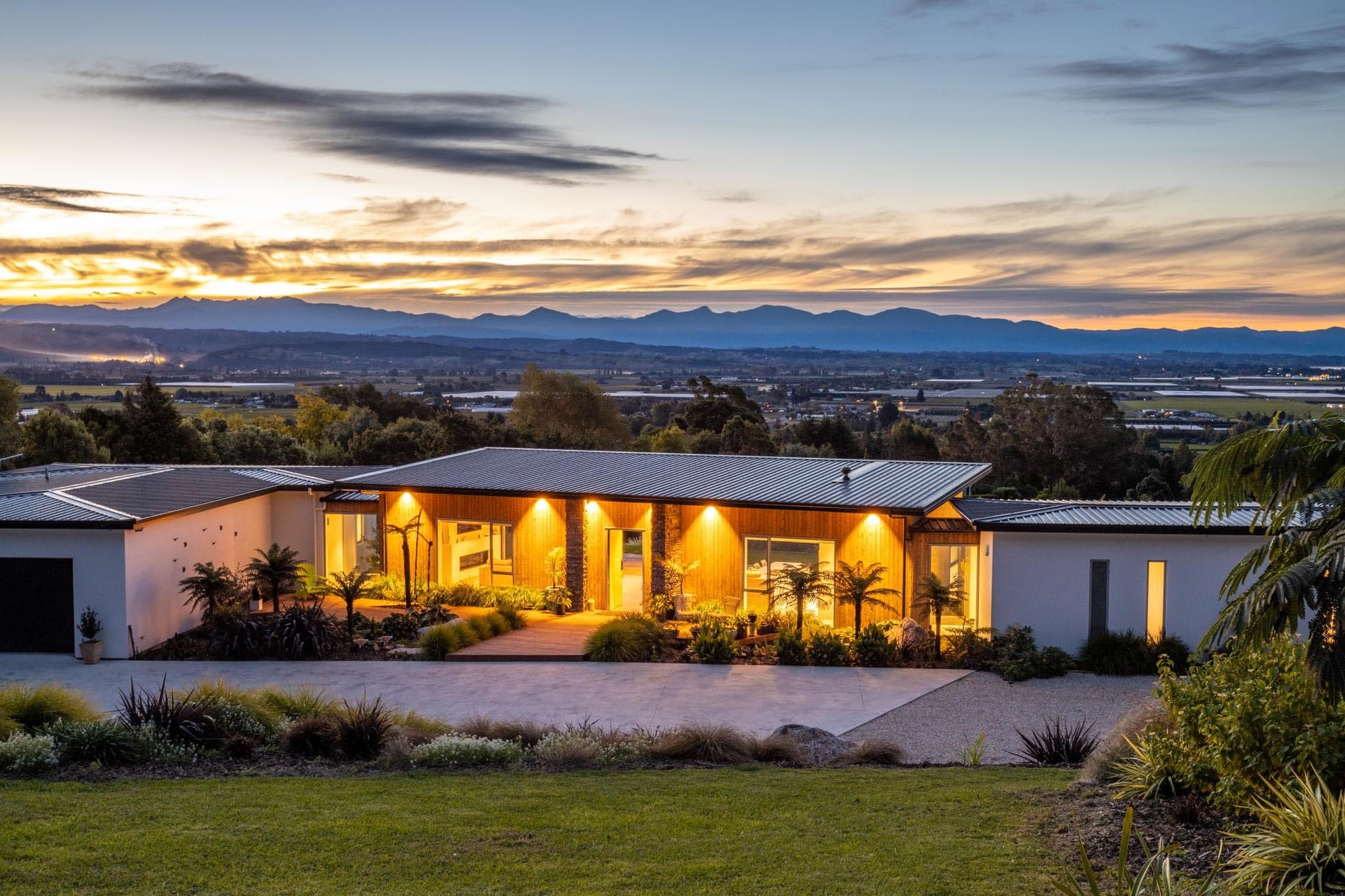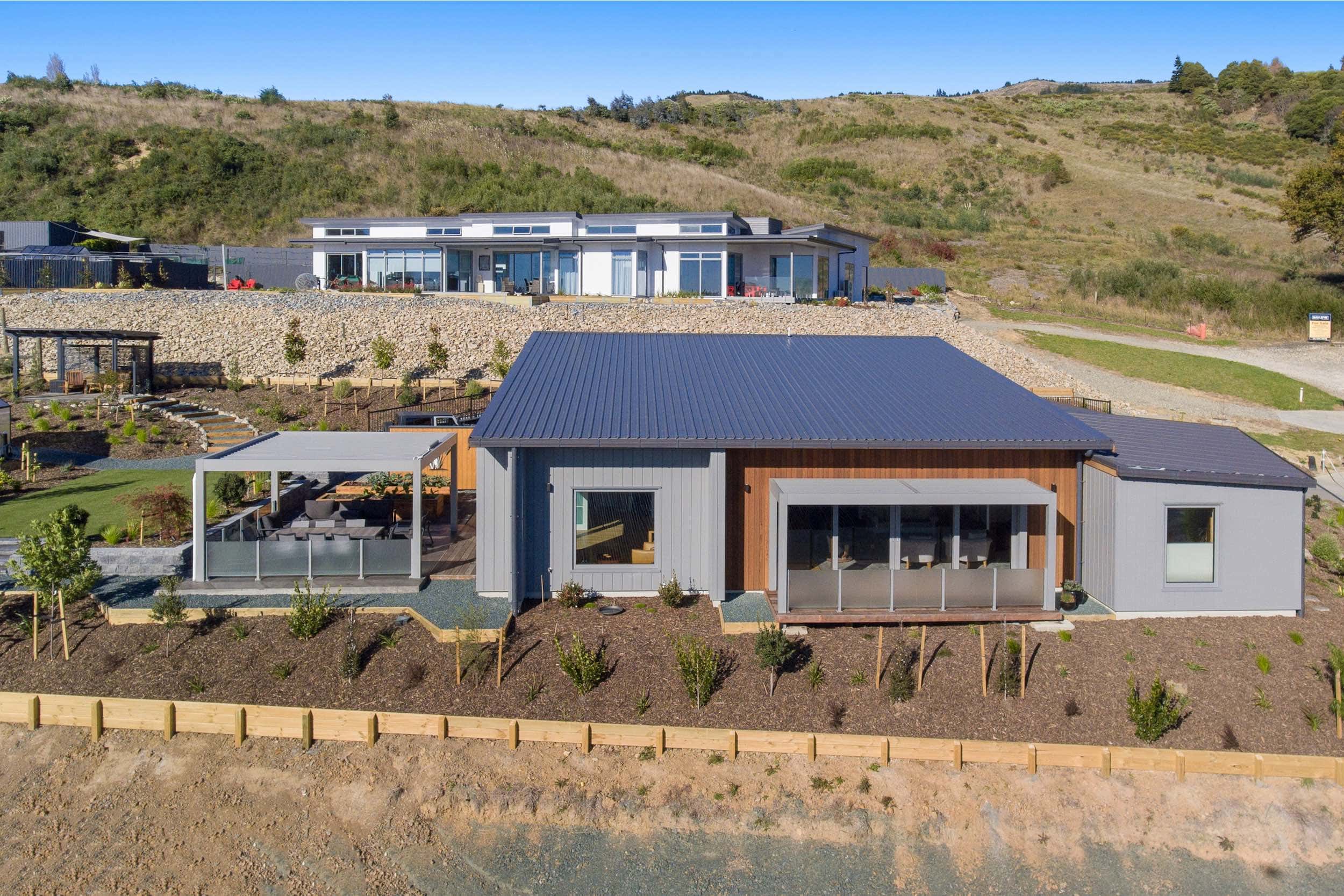High-performance
homes
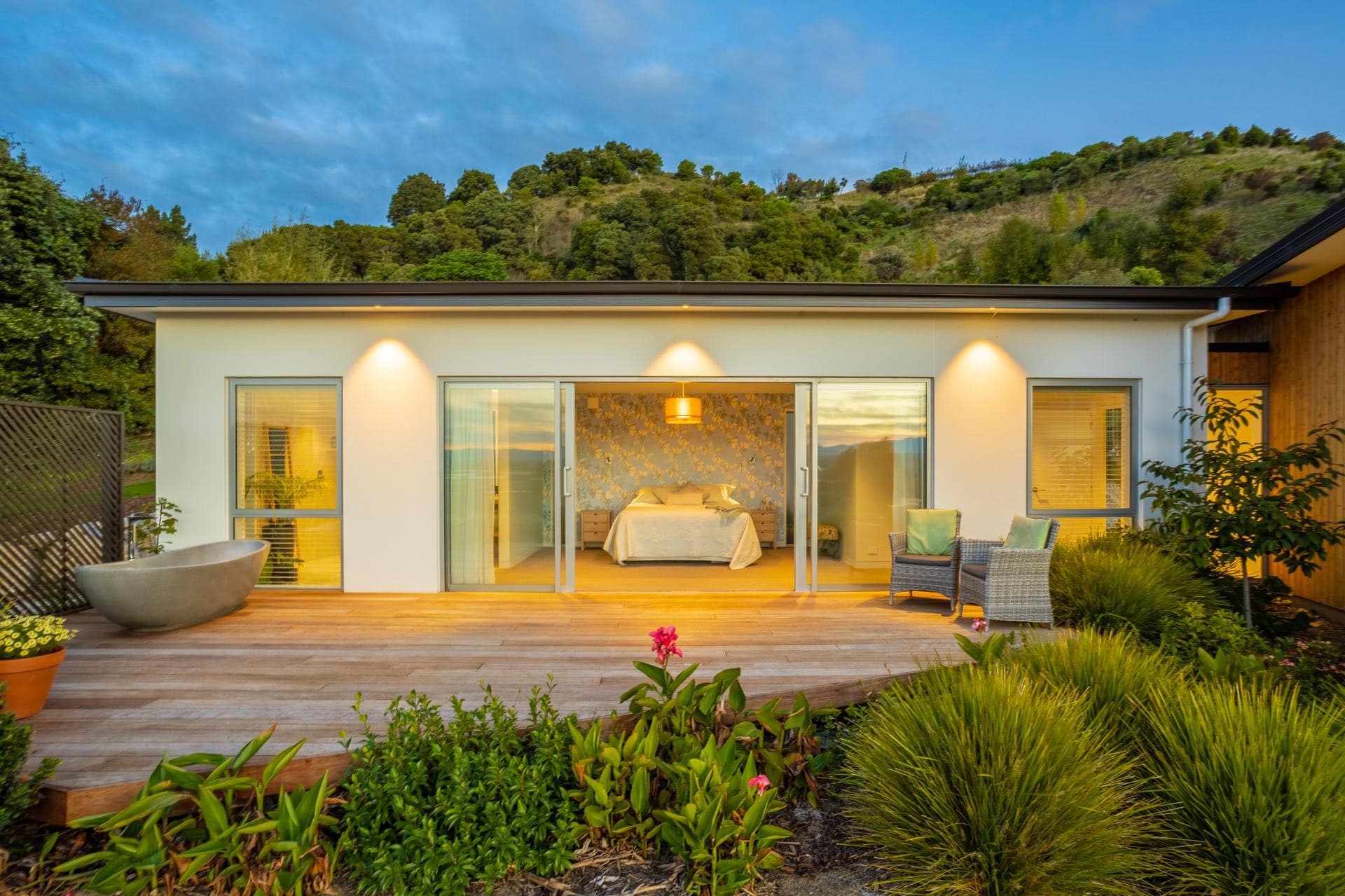
HIGH PERFORMANCE, LOW IMPACT
Warm. Healthy. Energy-efficient.
High-performance homes are based on the Passive House principle. Designed for the comfort and well-being of their occupants, they maintain excellent air quality and year-round comfortable temperatures. These homes are energy-efficient and environmentally responsible.
We believe all new homes should be high performing. It’s also possible to improve the quality and performance of existing homes, so they’re more comfortable to live in. High performance can be achieved to different degrees, with varying budgets.
Tasman Homes has the expertise to build or renovate your home so it’s high performing and suits your family, your building site, and your bank account.
Some recent high-performance homes
A high-performance home contains:
- High levels of insulation
- High-performance windows
- An air-tight exterior envelope
- Controlled thermal bridging of the exterior cladding (stopping cold coming through the walls)
- A mechanical heat recovery ventilation (MVHR) system
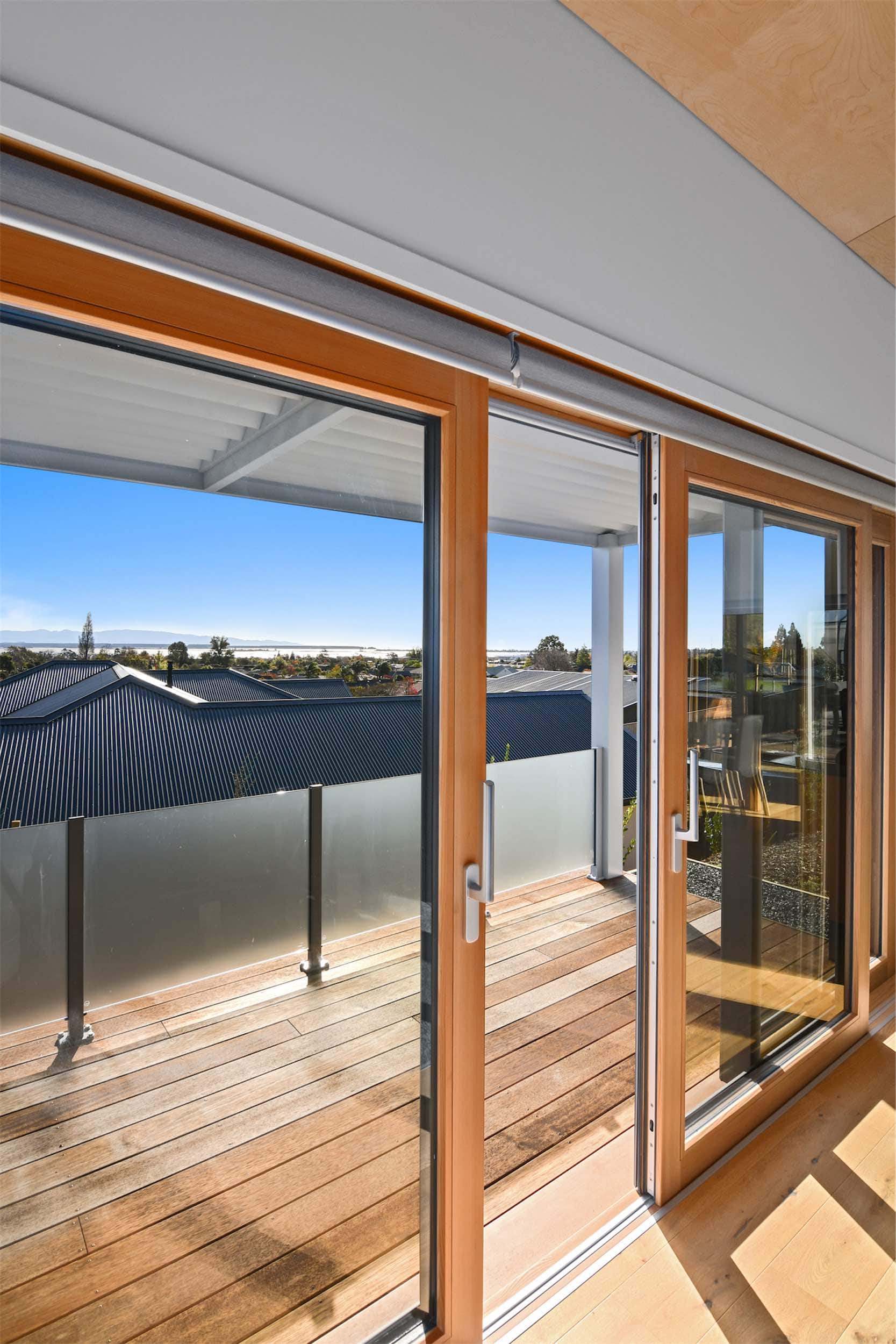
High-performance homes FAQs
What makes high-performing homes so efficient?
It’s really a complete package. The ultimate aim is to control airflow in and out of the building, rather than letting it leak out, seep in, or not move at all. The temperature is controlled through the use of super-efficient insulation, double or triple-glazed windows, and management of the thermal bridging of the home’s exterior envelope.
Once all these boxes are ticked, a mechanical heat recovery ventilation (MVHR) will need to be installed.
This calls for meticulous planning at the design stage and expertise in the build stage. And we can help with every aspect of it.
What is embodied carbon and how’s it relevant to high-performance homes?
Embodied carbon is all the greenhouse gas emissions related to the construction of buildings. It includes transport, manufacture and installing building materials. It also includes the emissions released from these materials over the building’s lifetime.
High-performance buildings aim to lower their embodied carbon by such means as using recycled materials or choosing materials that store carbon, such as wood. Limiting carbon-intensive materials like aluminium and minimising construction waste are other examples.
What are SIPs?
Structural Insulated Panels or SIPs are thermally efficient, high-performing composite panels used to insulate walls, roofs and floors. They consist of insulating foam sandwiched between two layers of structural board.
As well as providing amazingly efficient insulation, SIPs have close to zero air leakage. Their R-values depend on their thickness, with some achieving an R-value rating of 9.9.
Tasman Homes is highly experienced in the installation of SIPs panels, and we’ve used them in many high-performance home builds.
What about the new H1 building regs? How do they compare?
We believe the H1 Building Code is definitely a step in the right direction. However, high-performance homes go way beyond the H1 standard, which focuses on minimums and doesn’t take embodied carbon into account.
Are high-performance homes more expensive?
We’ll be totally transparent with you from the start regarding the cost of your build. High-performance homes are more expensive but could make you savings in day-to-day living expenses in the long run. And don’t discount the benefits to your health and wellbeing in a high-performance home.
While you could go all the way and build a Certified Passive Home—for which we have the expertise—there are various levels of high performance that can be achieved according to your budget.
Want a high-performance home?
Tell us about your vision for a highly efficient, low-impact home.
Let’s talk high performance